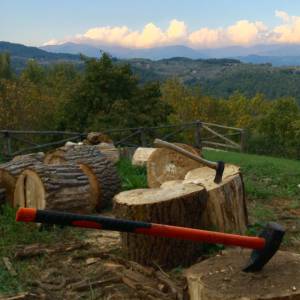Dryas octopetala mountain avens
One diminutive Dryas octopetala or mountain avens still blooming in the Botanics. A marker genus that has helped glaciologists and climatologists understand the extent of three cooling periods after the last glacial maximum at 27,000BP. There were called the oldest, Older and Young Dryas periods which in part were mapped by the southwards extent of dryas leaf litter in lake sediments and pollen records in ice cores.
Interestingly, evidence suggests that the Younger Dryas may have been triggered by the collapse of the vital constituent of the Gulf Stream called the Atlantic Meridional Overturning Current due to a dilution of the salinity of the Arctic oceans. As more saline water sinks this diminution caused water in the Arctic to stop sinking into the ocean depths and flowing southward as the vital concomitant to the Gulf Stream’s northern flow.
Estimated AMOCflow rate is 15million cubic metres per second. Gulf Stream including AMOC is 90m cu/second..
Discharge of Rhine is 2.9m m/cu/s.
So AMOC is the equivalent of 5.5 Rhines and Gulf Stream including AMOC is equivalent to 33 Rhines flowing northwards.

Comments
Sign in or get an account to comment.


